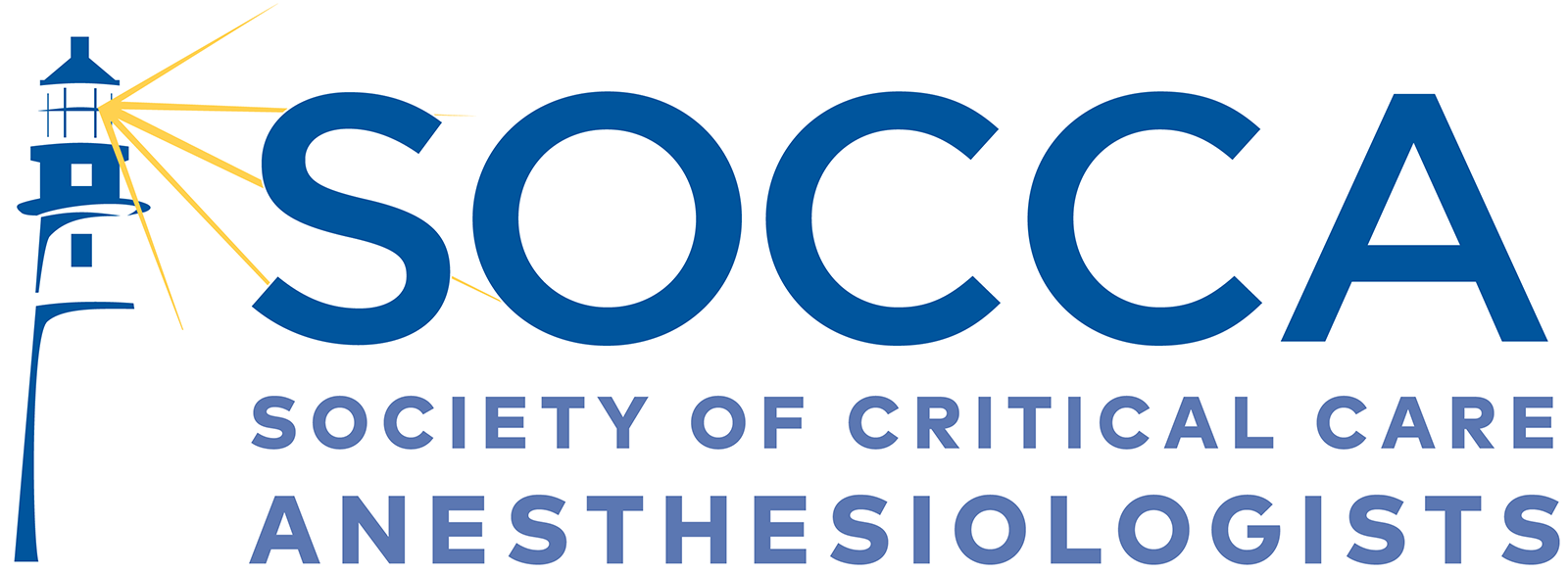Open Repair of Massive Incisional Hernia with Loss of Domainby Andrew Rivera-Hober, MD and Alessandro De Camilli, MD
Background: Case Report: On the day of surgery, general anesthesia was induced and endotracheal intubation was performed via direct laryngoscopy without difficult. Two large-bore IVs and an arterial line were placed. An orogastric tube was placed after intubation and 500 mL of bilious gastric contents were suctioned. Large volume resuscitation was used for hemodynamic management and only low-dose phenylephrine was required. Despite the preoperative attempt at progressive pneumoperitoneum, the patient had incredibly redundant colon that could not be safely returned to the abdomen. A right hemicolectomy and cholecystectomy were, therefore, performed to facilitate closure, with prophylactic bilateral fasciotomy to reduce the risk of compartment syndrome. Post-operatively, the patient was admitted to the ICU intubated, sedated, and paralyzed. Paralysis was maintained for 24 hours post-operatively to eliminate abdominal wall muscle tone and reduce intraabdominal pressures. His plateau pressure started at 20 cm H2O, rose to 29 at the end of the procedure, then fell to 25 cm H2O in the ICU. His course was complicated by AKI and progressive hypoxemic respiratory failure on post-operative day (POD) #1, requiring VV ECMO, multiple exploratory laparotomies for diffusely ischemic bowel, and ultimately multiorgan failure with metabolic disarray that proved unresponsive to medical therapy. He was made DNR/DNI on POD#10 from the initial open hernia repair and died shortly after withdrawal of care. Discussion: This patient had several preoperative medical diseases that likely further contributed to his perioperative complications. For example, he was an obese former smoker with CPAP-dependent obstructive sleep apnea. His baseline risk of perioperative respiratory complications was therefore high. Moreover, he was an insulin-dependent diabetic at risk of impaired gastric emptying, delayed wound healing, and perioperative AKI. This case highlights the role of the Critical Care Anesthesiologist as a perioperative specialist with critical roles in the operating room, providing care to high-risk patients and surgical procedures. Critical Care Anesthesiologists also provide expert postoperative critical care to manage complications, both expected and unexpected, for these righ-risk patients. When working together as part of a multidisciplinary team, critical care anesthesiologists fill an important role in the care of critically ill perioperative patients. Despite this patient’s poor outcome, Critical Care Anesthesiologists were critically important in providing optimal perioperative care to this and other high-risk patients. Authors |


